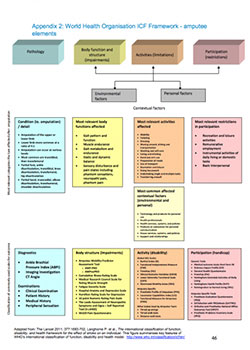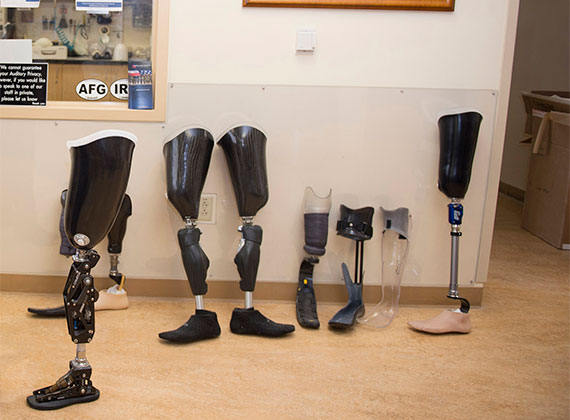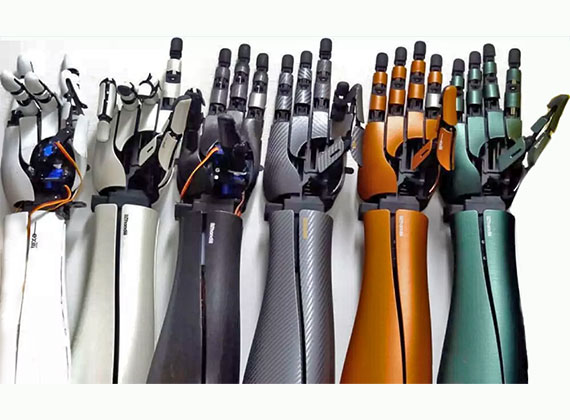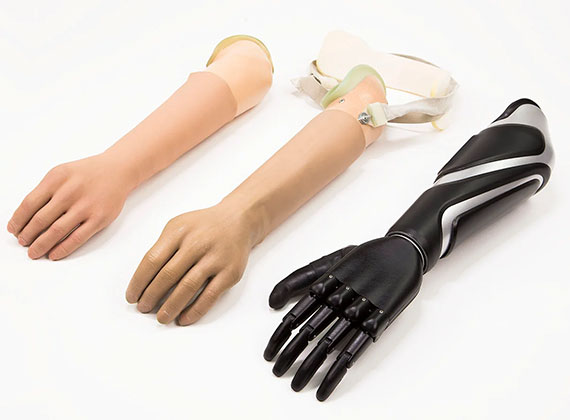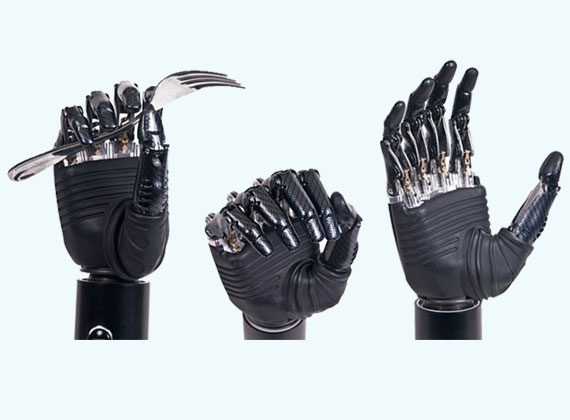What is a prosthetic device?
A prosthesis is a device designed to replace a missing part of the body or to make a part of the body work better. Diseased or missing eyes, arms, hands, legs, or joints are commonly replaced by prosthetic devices. False teeth are known as dental prostheses.



Transtibial Prosthesis
A transtibial prosthesis is an artificial leg attaching below the knee.
Learn More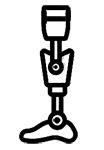
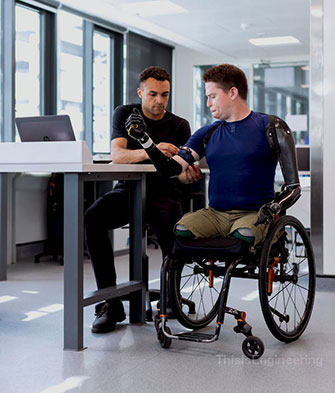
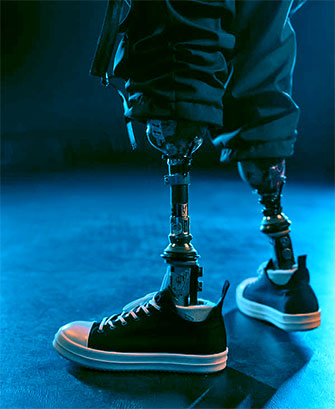
What types of prosthetic devices are available?
Some are worn on the outside of the body and can be put on and taken off (external prostheses), while others (internal prostheses) are inserted during a specific surgical process. The most common prosthetic devices are....
TYPES OF PROSTHETIC LIMBS
Prosthetic devices are used to replace missing extremities, such as arms , hands, fingers, legs, feet and even toes.
- Above knee (transfemoral) prosthesis
- Below knee (transtibial) prosthesis
- Partial foot & symes prosthesis
- Above elbow (transhumeral) prosthesis
- Below elbow (transradial) prosthesis
- Microprocessor controlled joints
- Water/swimming leg prosthesis
- Athletic/High Activity leg prosthesis
There are several levels of lower limb amputation, including partial foot, ankle disarticulation, transtibial (below the knee), knee disarticulation, transfemoral (above the knee), and hip disarticulation. The most common are transtibial (mid-calf) and transfemoral (mid-thigh). The basic components of these lower limb prostheses are the foot-ankle assembly, shank, socket, and suspension system.
